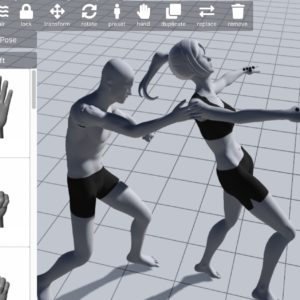Una charla en la sesión 8 de la Cátedra Diseño, Arte y Ciencia acogida pela Facultades de Artes y Diseño y de Ciencias Naturales e Ingeniería de la Universidad Jorge Tadeo Lozano (Colombia).
Abstracto: El Diseño Relacional es una transformación profunda en la teoria y practica del diseño, en que se pierde el objeto para ganar el campo. Los objectos no son coisas aisladas, mas parte de una compleja red de cosas y seres en relación. Pero las relaciones no son todas iguales. Hay patrones centralizadores que crean relaciones jerárquicas entre cosas y cuerpos humanos. La relación de opresión es una de muchas contradicciones del cuerpo que induce a topologias centralizadas en lo espacio. La pregunta que esta charla tenta responde es: qué podemos hacer a partir del diseño relacional contra la opresión y a favor de la liberación de las personas oprimidas?
Abstract: Relational Design is a profound transformation in the theory and practice of design, in which the object is lost to gain the field. Objects are not isolated things, but part of a complex network of things and beings in relation. However, relations are not all the same. There are centralizing patterns that create hierarchical relations between things and human bodies. The relation of oppression, for example, is one of many contradictions of the body that induces centralized topologies in space. The question that this talk answers is: What can we do with relational design against oppression and in favor of the liberation of the oppressed?
Video
The full recording of the session includes talks by Alfredo Gutiérrez Borrero, Diego Restrepo Quevedo, Agda Carvalho and Andrea Saltzman.
Translated transcript
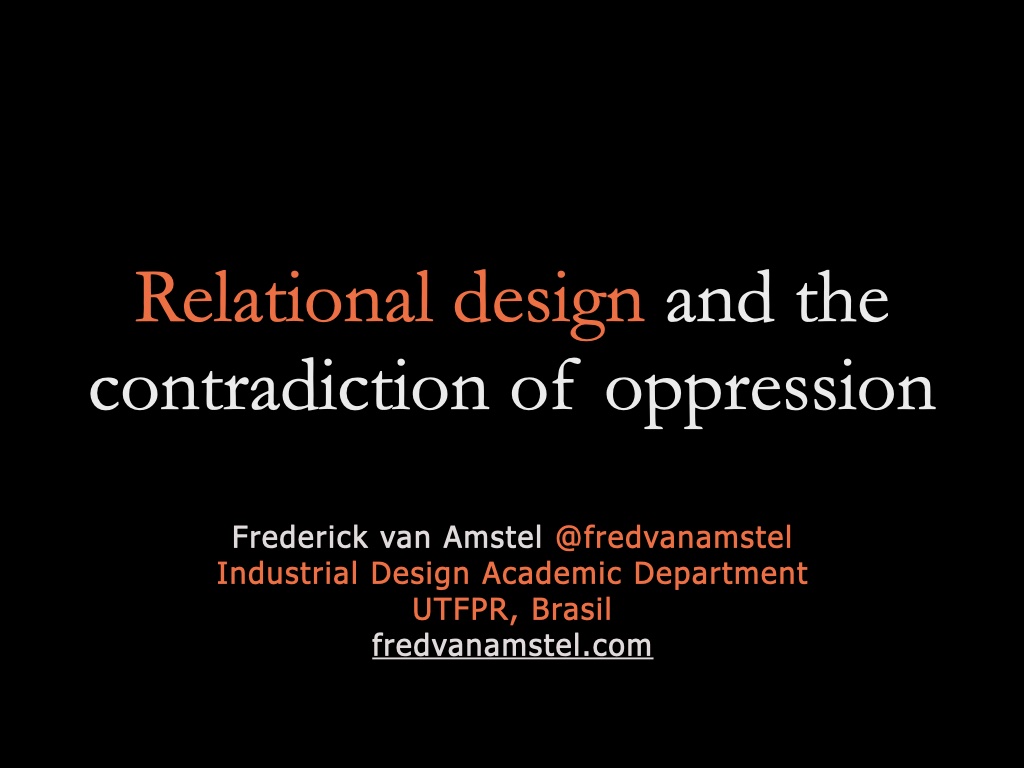
I’m going to talk about my recent research related to the Design & Oppression network, which I co-founded in 2020. My expectation is to contribute to the discussion on Relational Design with some thoughts about one of our most complex contradictions in Latin America: oppression, or the dehumanization of humans.
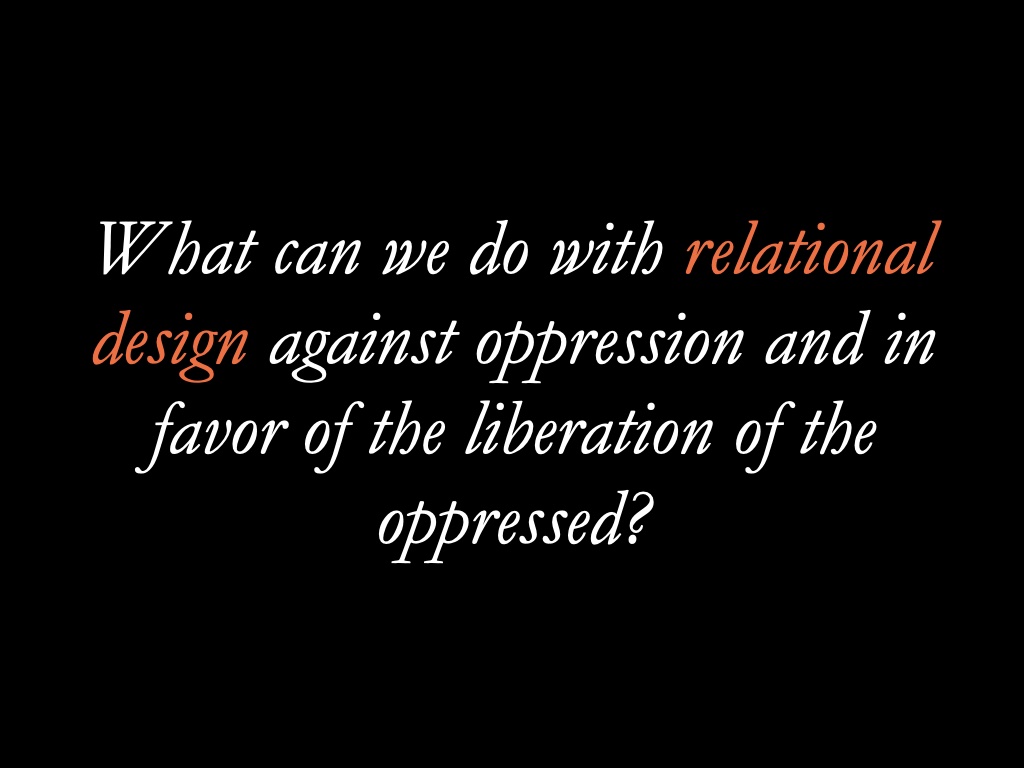
The question I want to answer with my talk is: What can we do with relational design against oppression and in favor of the liberation of the oppressed? Before answering it, I need to answer a broader question: what the heck is Relational Design?
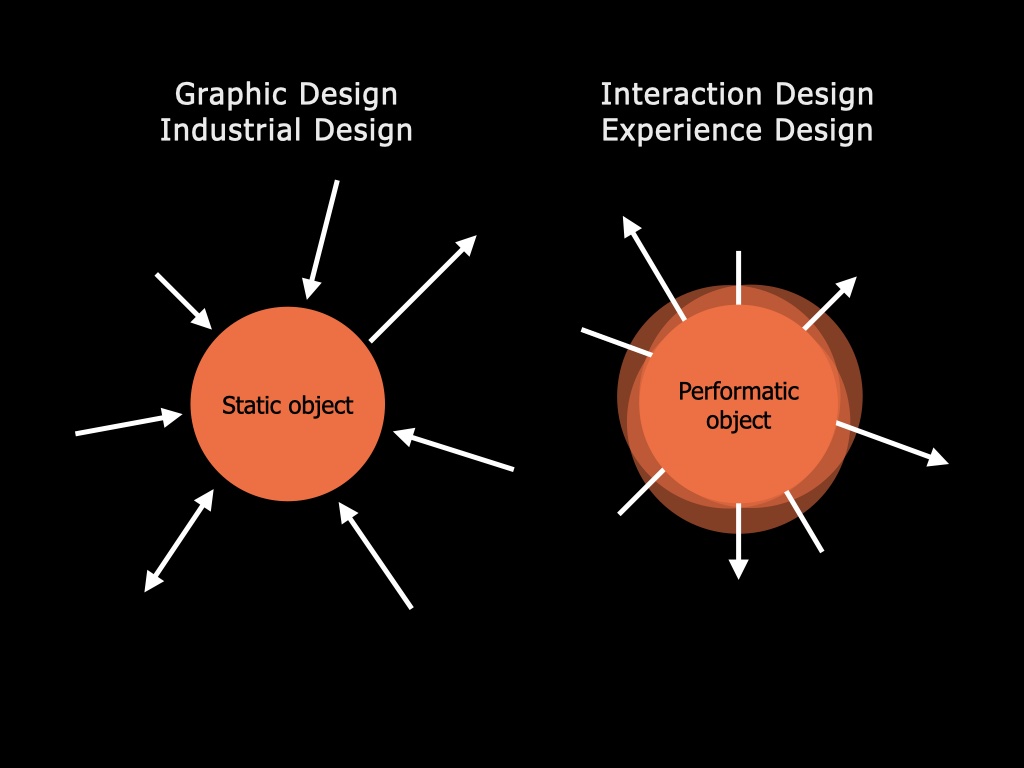
In my perspective, Relational Design is a profound transformation in design theory and practice, which had expanded in the 1990s and 2000s towards performative objects: information, interactions, experiences, services, and more. As I have described in my doctoral thesis, these objects are manifested only when they are in use, when they are being performed or performing.
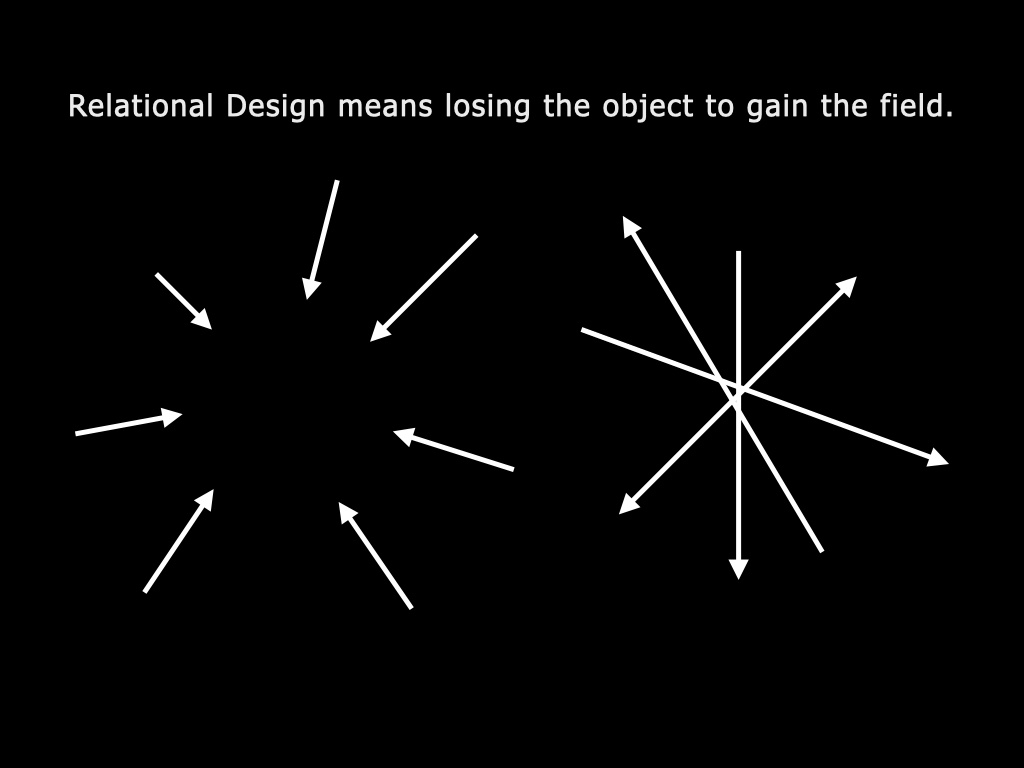
By critically looking at its origins and trends, researchers and designers busy with these new objects realized that it was not practical to design the performative object as something in itself, as something isolated from its place in the world. It was necessary to design the performative objects in relation to other objects, to other people, to other worlds. Then, a perceptual inversion occurred in design theory and practice, just like in the figure-ground visual illusion: the field of relations that materially constitute the performative object came to the foreground. Relational Design thus, means, for me losing the object to gain the field.
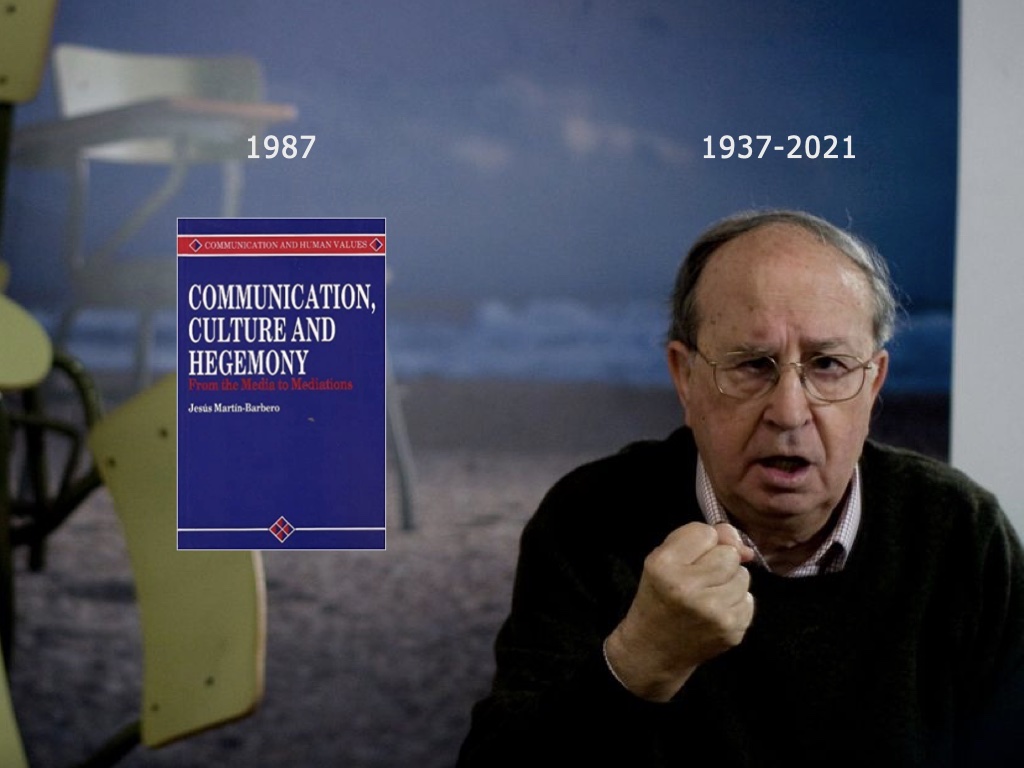
This insight I take from Jesús Martín Barbero, a philosopher of Spanish origins who worked and lived in Colombia and in the Communication field for most of his life. He wrote a masterpiece called Communication, Culture and Hegemony: From Media to Mediations in 1987, which was the main reference for my master thesis, Das Interfaces às Interações (From Interface to Interaction) in 2008. Unfortunately, Martín-Barbero died in June this year due to complications caused by COVID-19, leaving a very rich theoretical legacy. I believe he is just one of the many Latin American authors that we can study in Relational Design to get a closer perspective of the Latin American reality.
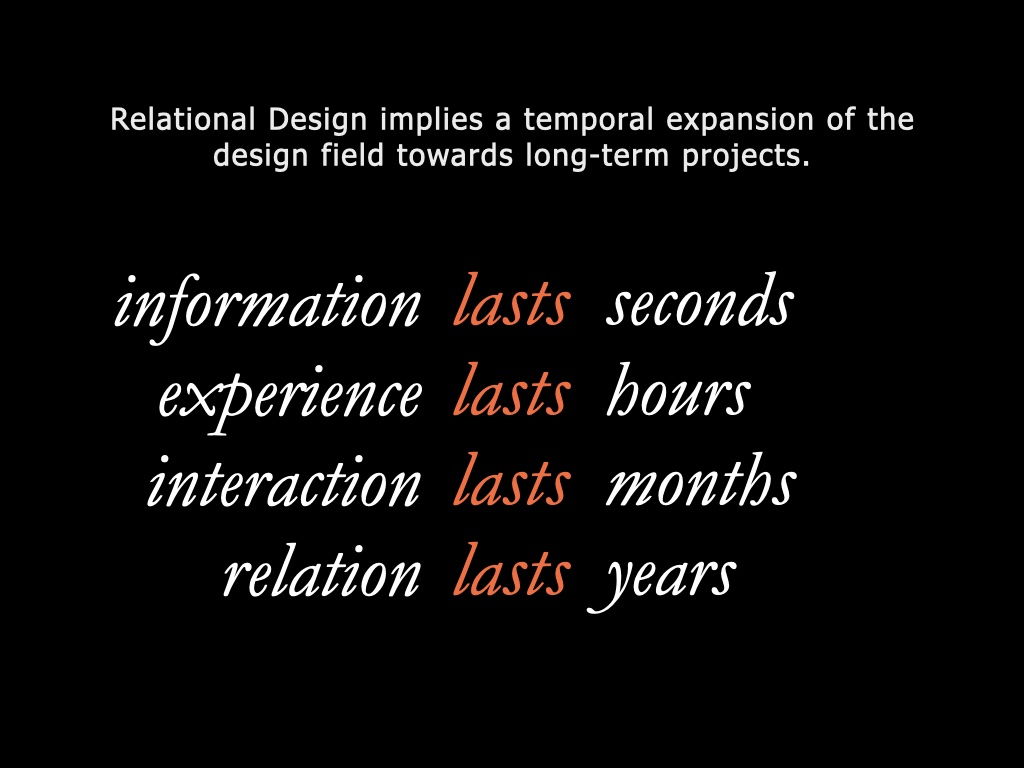
Relational Design implies a temporal expansion of the design field towards long-term projects. In Information Design, the difference between one or two seconds, for example, to identify a road sign may result in an accident. For Experience Design, the emotions stimulated take a few hours to make sense. Whereas for Interaction Design and Service Design, interaction is a more durable unit, an engagement with other people in different contexts that can last for months. When interactions are sustained along years, they solidify as a relation. They corresponds to the materiality with which humans make history in society, i.e. how they modify their reality. Even if more difficult to perceive with naked eyes, relation is the most concrete foundation for the design of performative objects.
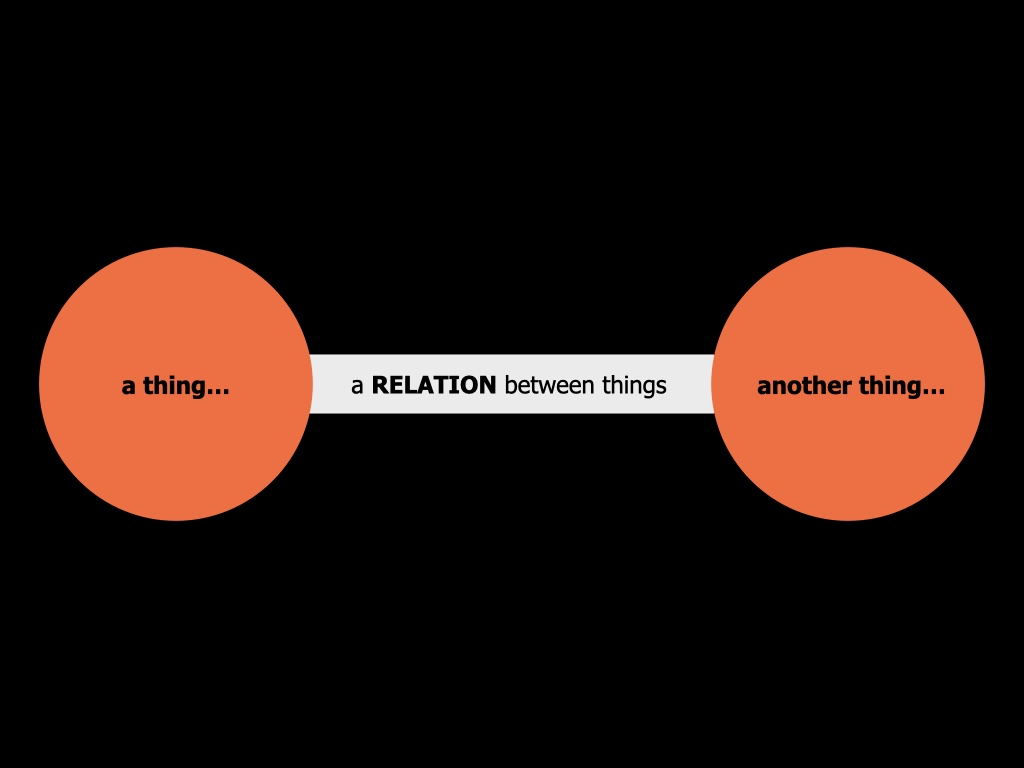
What is a relation? Well, a relation have at least two things related to a third thing, which is precisely the relationship between the two things.
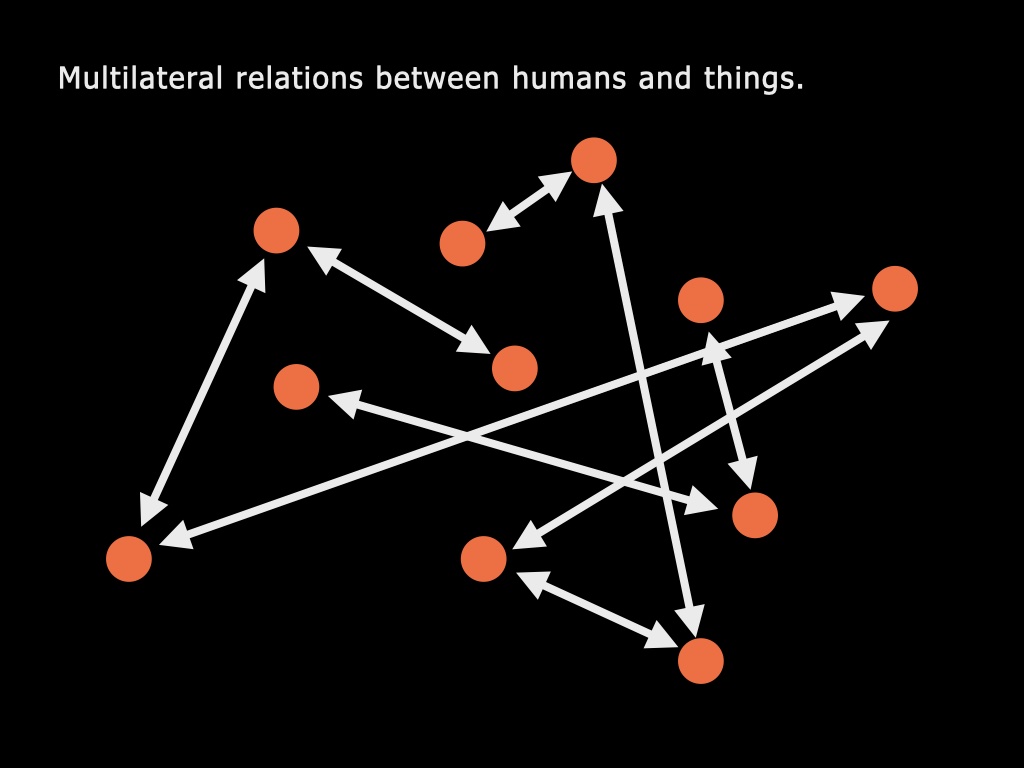
Relations are not all the same. The things in relation can be human, but they can also be other living or inert beings. When one is related to another, there is an open channel to interact in different ways: exchanges, donations, messages, transactions, commands, feelings, and more. By interacting with the another, it is possible to access third parties with whom one can also relate to, forming a complex network of relations. Networks between non-human beings, typically found in the nature that has not being by humans, assume a distributed typology, without any centralization, thanks to the multilateral relationships between things. Matter of different qualities flow through all sides of these networks.
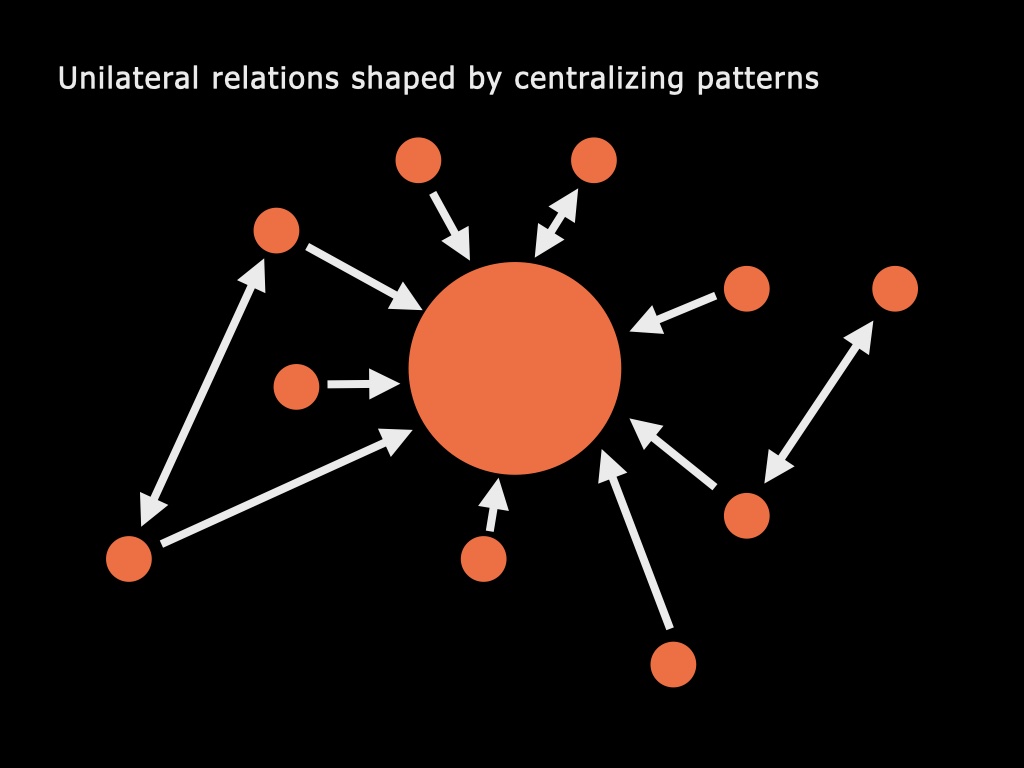
The networks designed by human beings acquire an absolutely centralized topology or with some centers that are in relation to many things at the same time or to the same space. These things become mandatory passage points on the network to access third parties. The relationships woven with these central things are typically one-sided, that is, there is no reciprocity in the interactions. Human beings project networks like this to save resources, maintain the governance of the network, and other reasons that benefit the humans who are located in the centers.
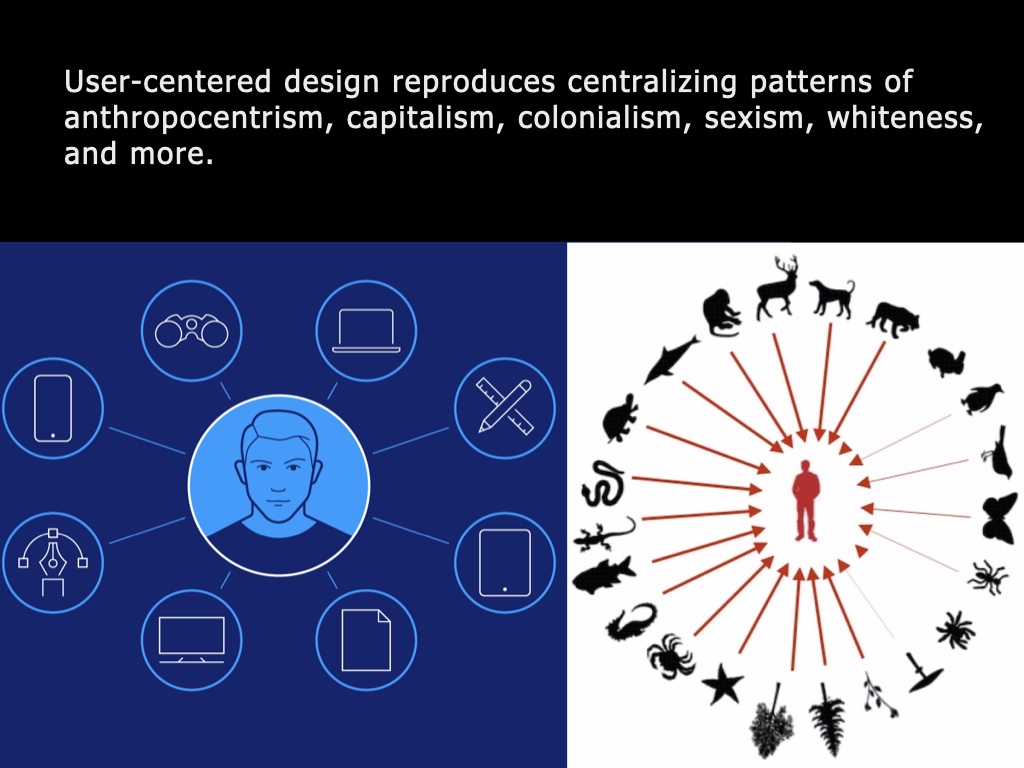
If centralizing patterns are linked to the way human beings design networks, it is expected that design spaces will also be centralized. Throughout the history of design, many things were centralized. In the last decades, design put the user, the person who uses a product or service, at the center of its networks. Thinking about the user before making a project decision became a methodology and then a common practice. This practice emerged to reproduce and intensify other centralizing patterns, such as anthropocentrism, capitalism, colonialism, chauvinism, whiteness, and more.
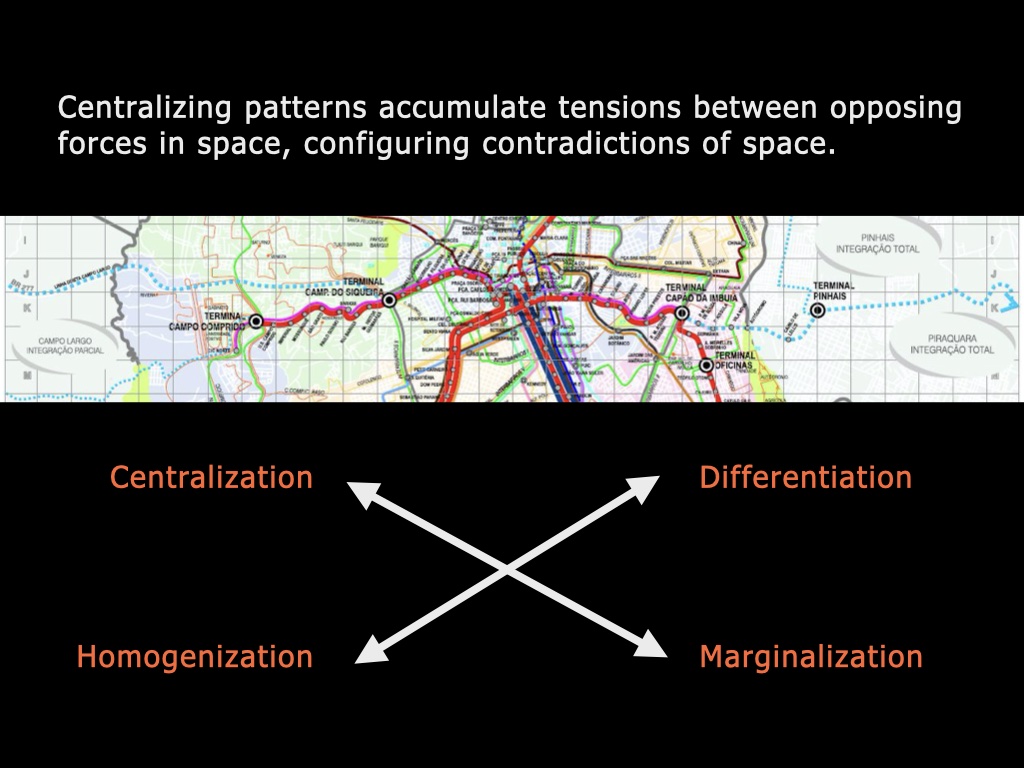
Networks can also be considered spaces where relations become more durable and contradictory. The centralizing patterns accumulate tensions between opposing forces in space, configuring contradictions of space. In this figure, there is a fragment of the Curitiba public transport network that inspired the TransMilenio system in Bogotá. The network is clearly contributing to centralizing the urban space even if it connects some marginalized neighborhoods. Public transport did not manage to homogenize the traffic because citizens began to move in different patterns after it was implemented, following the flows of informal jobs and dwellings that could not be foreseen by the transport system design. This is one of the contradictions that continues to exist in Curitiba and that continues to promote new urban projects.

Contradictions of space like gentrification originate from contradictions of body like oppression. Some bodies are considered to be more human than others, deserving spatial distinctions and protections from less than human bodies.
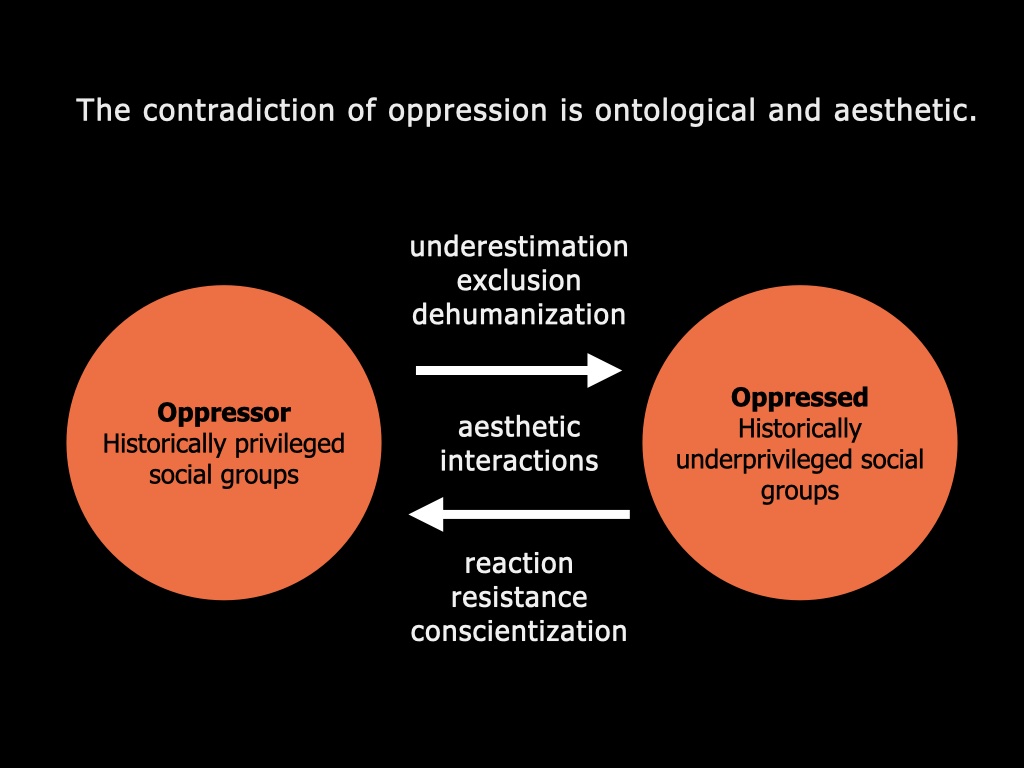
Oppression is possibly the most acute contradiction of body which shapes designed spaces. The oppression relation distinguishes between social groups according to arbitrary bodily differences that establishes a hierarchy between human bodies. When the body is part of a social group, the body receives more or less privileges from the society just for being part of the group. It is not a matter of merit, but of social identity. This contradiction affects the way the people within those groups see and produce reality. The aesthetic interactions between the distinct social groups may keep or transform the current reality, depending on the interests and possibilities in place. The oppressed bodies are usually interested in their liberation, but they might well be under ideological constraints that impede them to react and resist. Therefore, conscientization is the key action to liberate from oppression, because it reveal the underestimation, exclusion, and dehumanization that the oppressor exert over the oppressed.
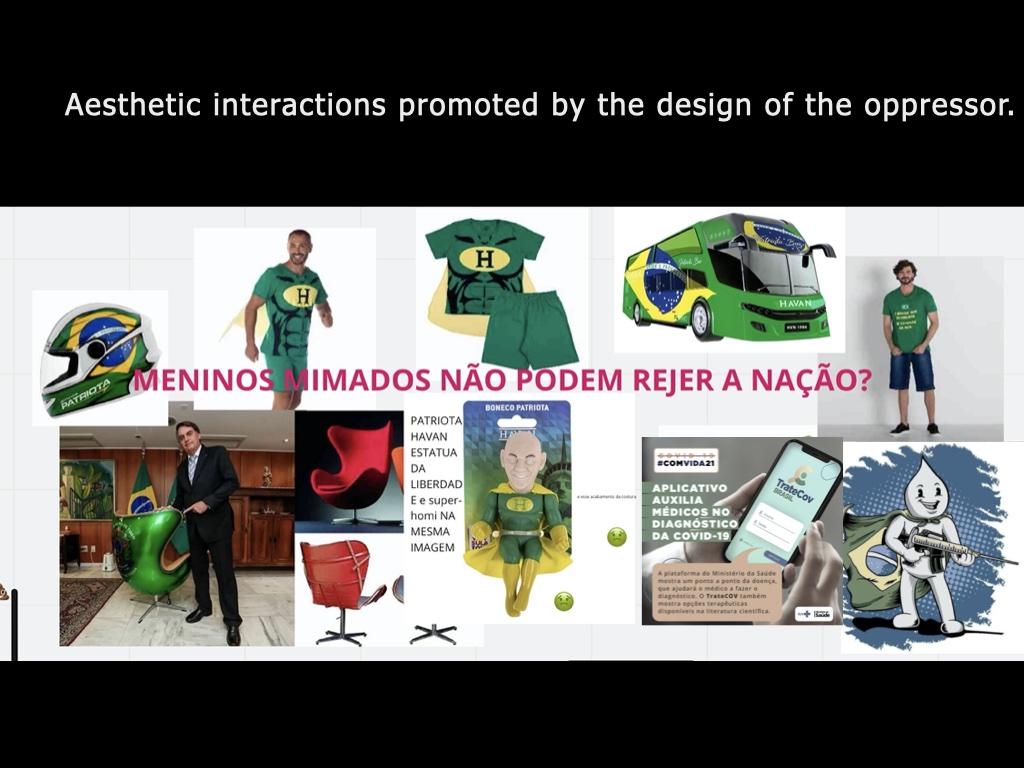
Designing aesthetic interactions to keep current oppression relations can also be considered a form of Relational Design. The oppressors design products like these to make the oppressed feel they are not human enough to identify with the Brazilian nation, even if that nation have done so much to dehumanize them. I’m thinking about the more than 200 nations of indigenous people that are excluded by these designs, but similar relations are nurtured towards other oppressed people. The design of oppressor is relational because it does not primarily produce objects in themselves, but objects in relation to bodies. Those bodies who can wear or posses these objects have better means to interact in an oppressive way with other bodies who cannot buy or understand them.
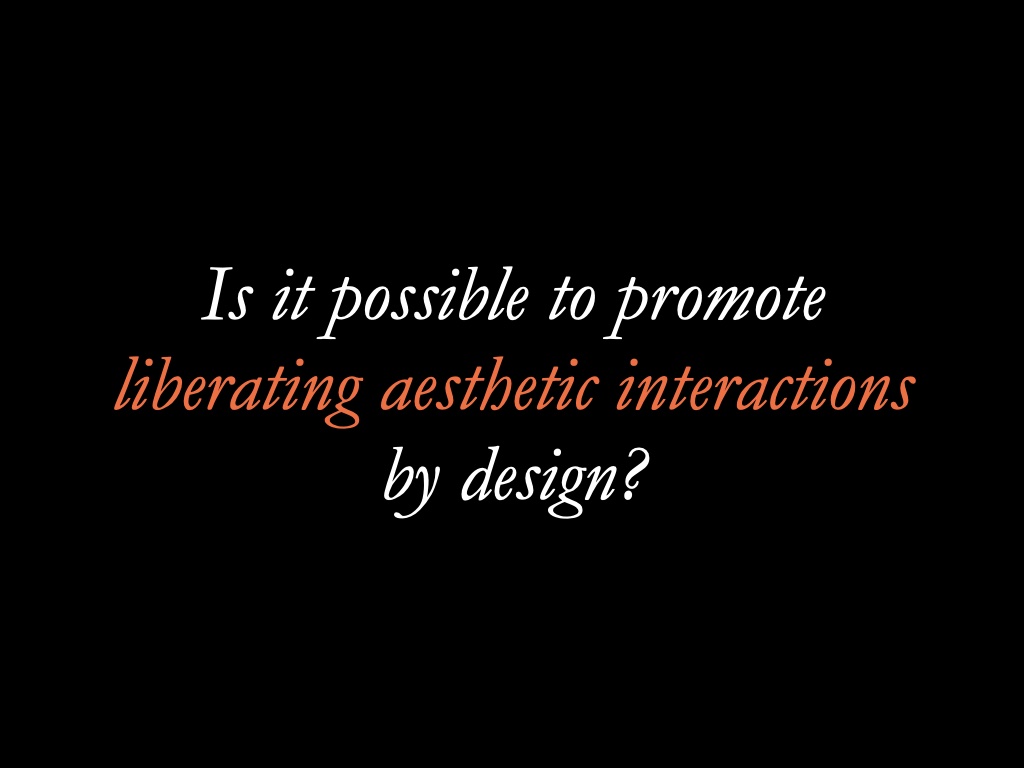
I am not satisfied with the current state of affairs in Relational Design. I believe we can do better than being accomplice of oppression or ignoring. Therefore, I wonder: is it possible to promote liberating aesthetic interactions by design? That question led me to find likeminded people in all parts of Brazil.
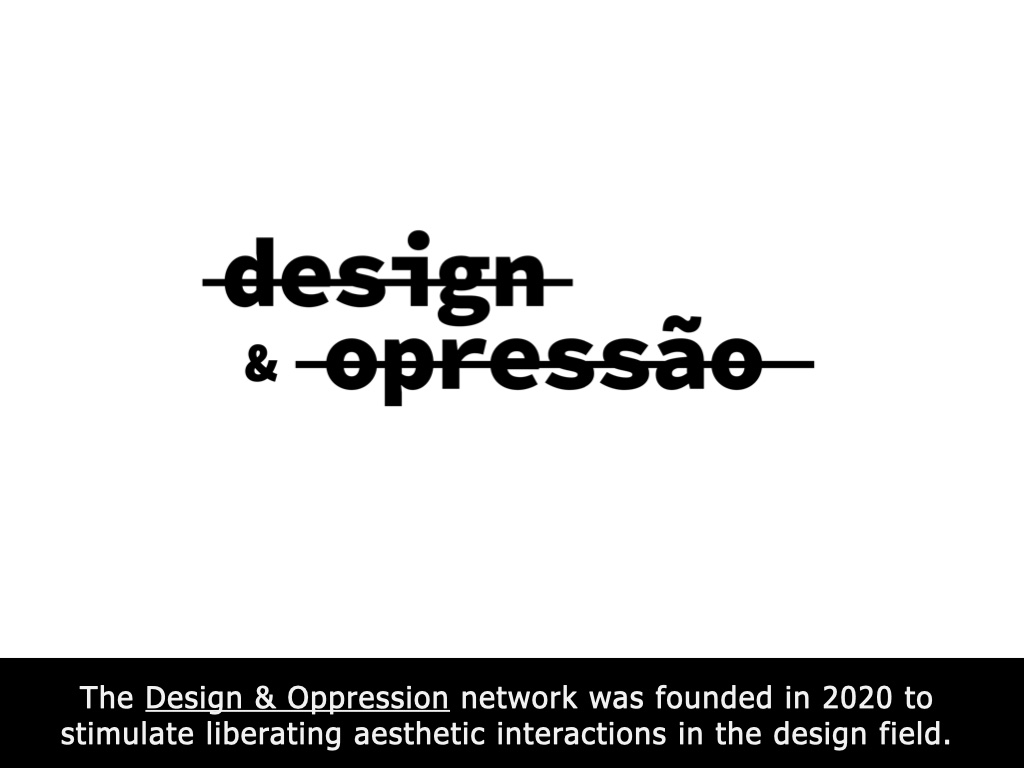
The Design & Oppression network was formed in 2020 by design professors, students, and professionals from all over Brazil, as well as from other countries. From its inception, the network was concerned with the Latin-American reality — colonized, culturally-invaded, underdeveloped, and oppressed in various ways by the Global North. The network approaches design as a pedagogical and critical process.

The network’s Youtube channel has periodic live broadcasts that summarizes the discussions held in the reading group to the public. For example, in 2020, we discussed the work of Paulo Freire, the patron of Brazilian education and the main thinker behind my understanding of oppression. In 2021, we had Augusto Boal’s Theater of the Oppressed in some of our broadcasts, exploring the oppressive and liberating qualities of aesthetic interactions.
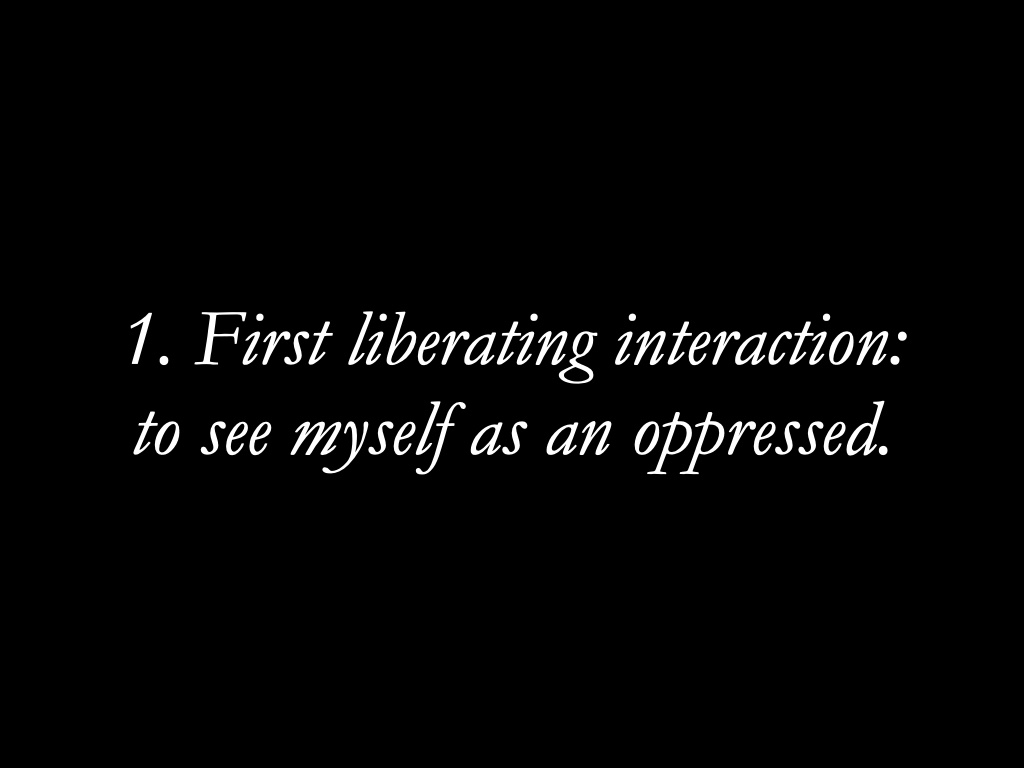
From my experience of joining these debates, I can recognize and recommend three steps to start fighting oppression from a designer standpoint. The first step is to see yourself as an oppressed person. To realize that we always lack something in relation to another body, even if we are sitting on top of a pile of privileges. If I normally see myself as white cis straight man, I might well look at my condition as an exploited worker, for example. I am surely not as oppressed as less privileged people but now I have something in common with them to become an ally in the fight.
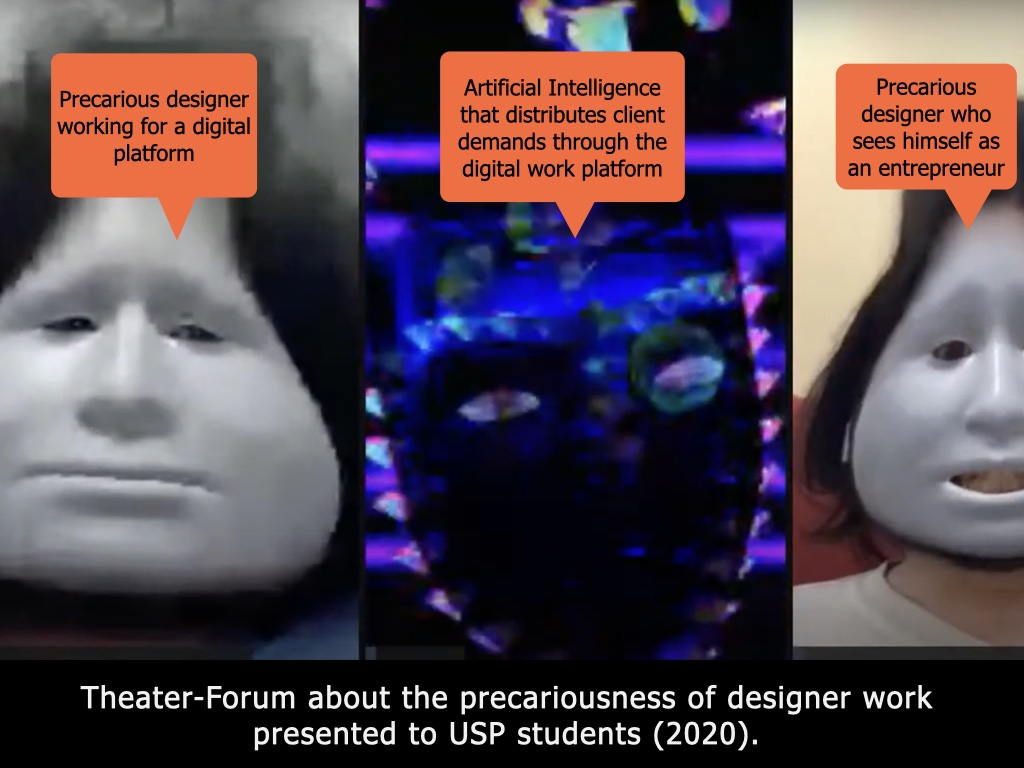
The Design & Oppression network produced a Forum Theater play on platform work and precarity in the USP design academic week of 2020. Young design students joined the forum to discuss the dystopian future of their profession while considering the dystopian present of other professions. The main plot consisted of an Artificial Intelligence that claimed to design automatic visual identities for its clients but that just delegated the design work to platform workers, precarious designers who earned a few bucks but believed to be entrepreneurs. In this case, students realized that when they design or use such platforms, they are oppressing people that work under the visibility threshold.
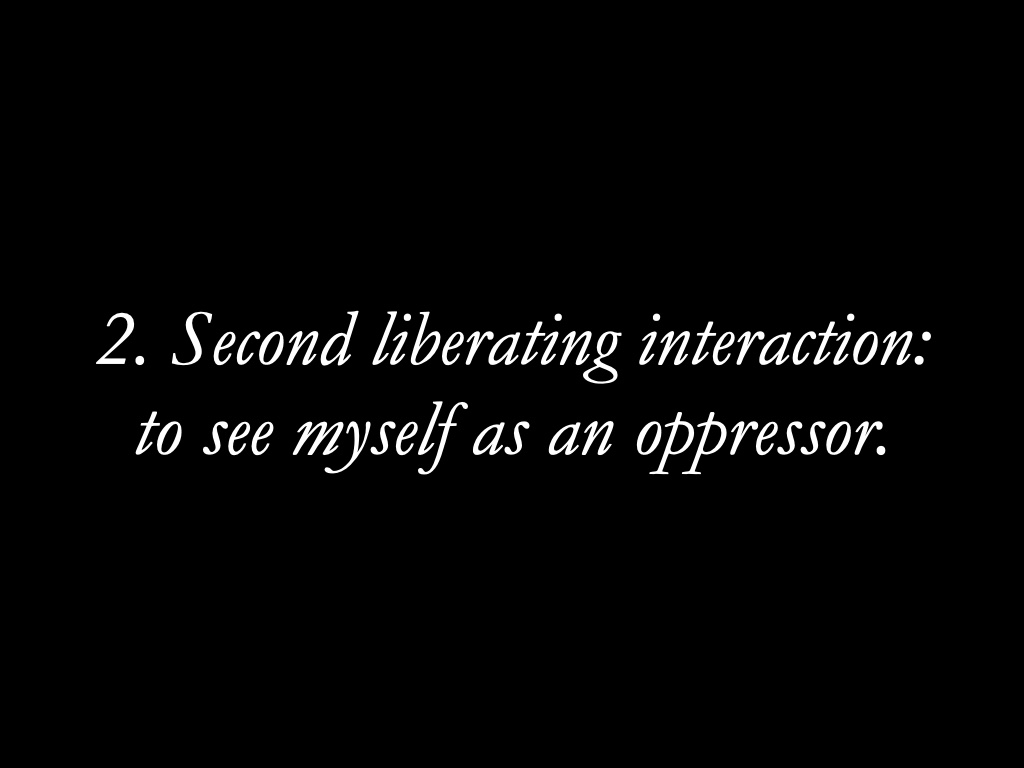
The second step consists of realizing my position of power and privilege in relation to other people. To acknowledge that what I have at my disposal have been produced by society through unilateral relations that accumulated benefits at my side. If I typically see myself as a latino guy, I may start seeing myself as a man or as an able person, for example.
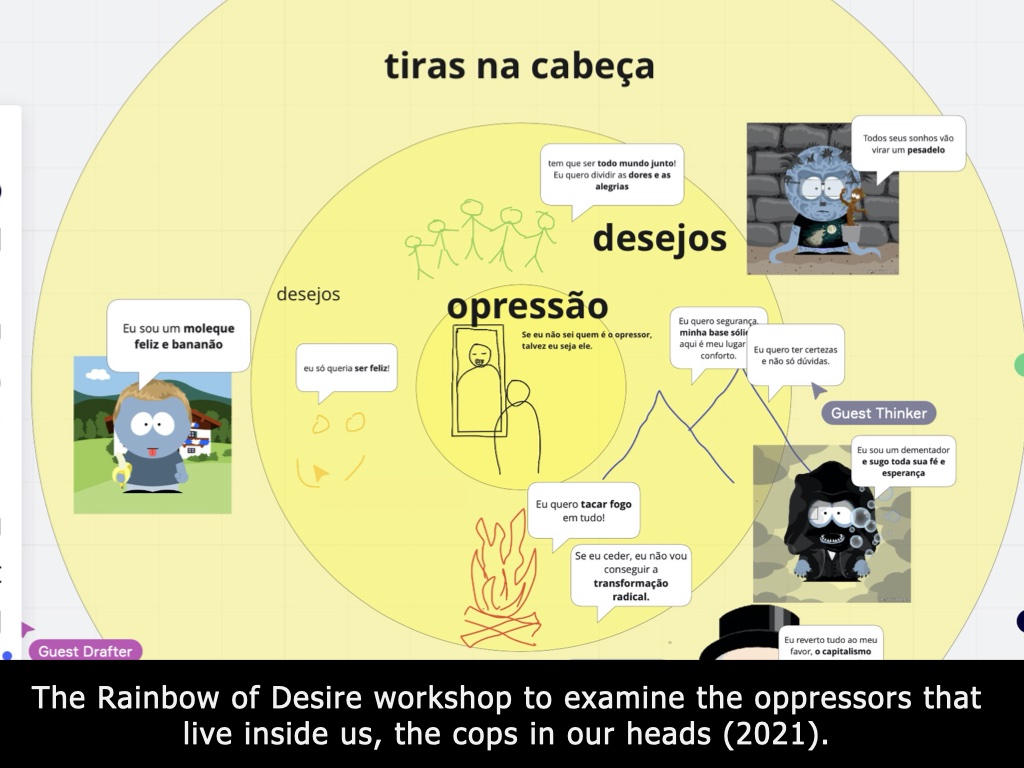
The Rainbow of Desire is a beautiful technique created by Augusto Boal to examine and expel the cops in the head, or the oppressors that we harbor inside ourselves. These corresponds to characters that we may have faced in our lives and, due to oppressive aesthetic interactions, left a mark in our bodies. They keep telling ourselves that is more beneficial to us to act like an oppressor, if we can do it. By identifying, drawing, and voicing those oppressors using the technique, we can finally get rid of them. Or at least, learn how to manage them in favor of liberation.
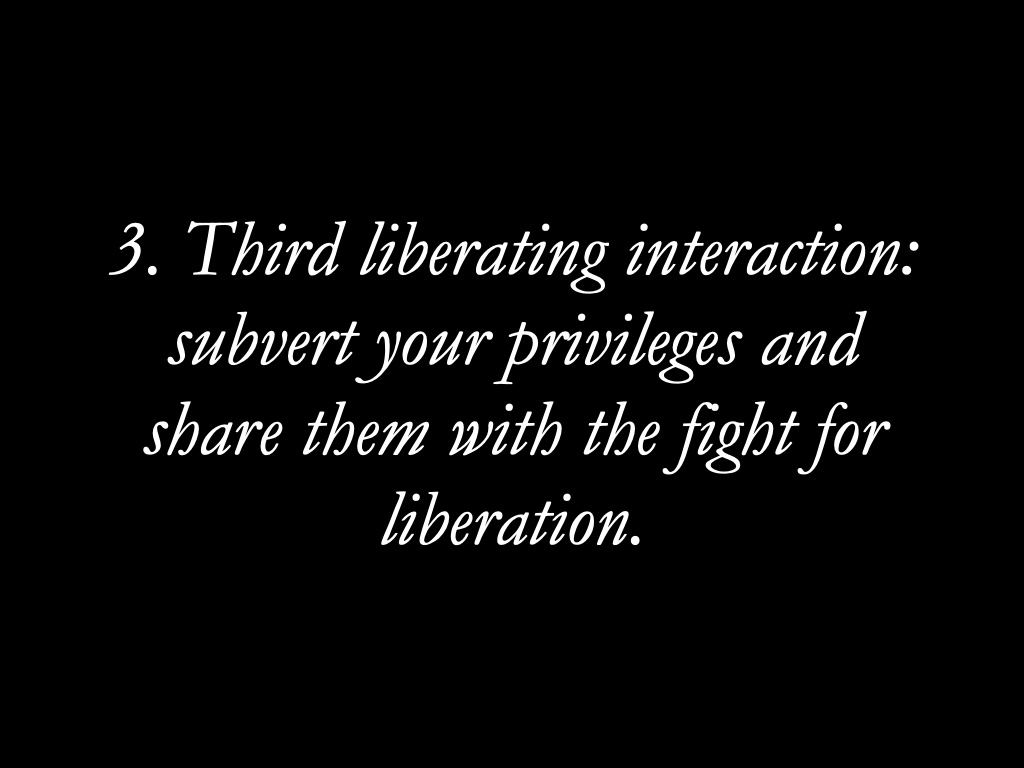
After you acknowledge your positionality in oppression relations, it is time to join the fight for liberation. Instead of hating your privileges, put them to work against the privilege structure. Share what you have earned from oppression with those who have lost something. If you have more resources, it is not something to be ashamed of, unless you do not put them into good use. The movements for liberation like antiracism, abolitionism, feminism, decolonization, disability rights, and others are waiting for your assistance but bear in mind that sharing is not the same as exchanging privileges. You cannot expect or demand recognition for your help because you are just giving back something that was taken by you or your ancestors.
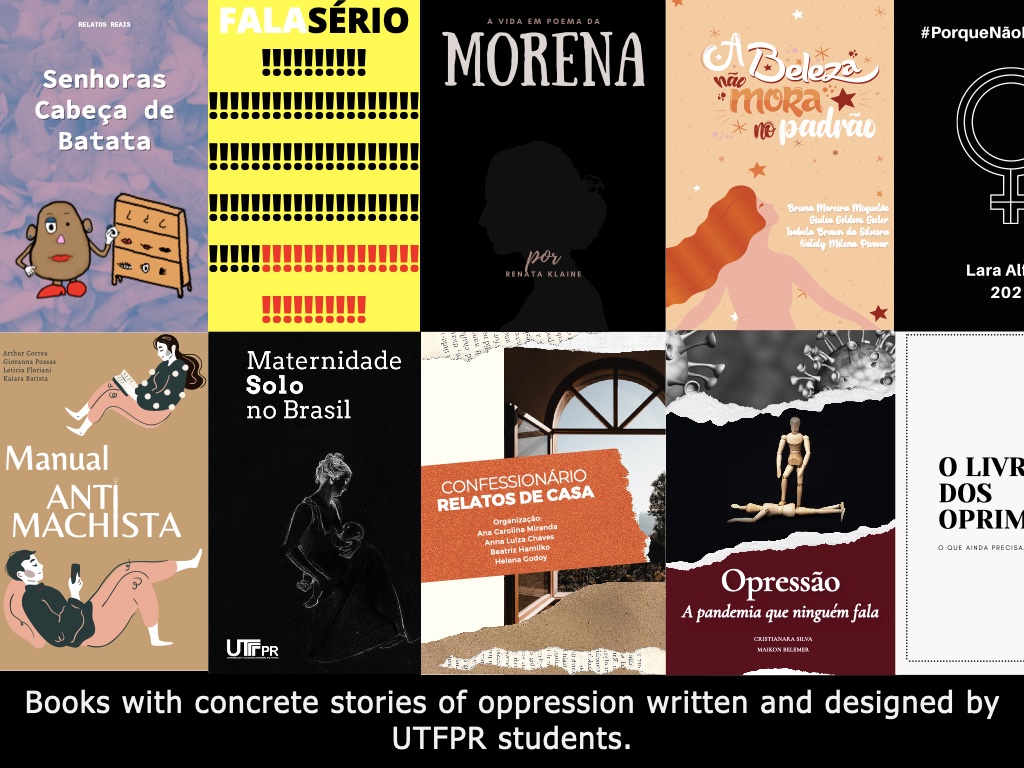
An example of sharing privileges is the book design assignment in my Publication Design course. I ask my students to write and design a book that lets the oppressed say their word to the world. If they see themselves as oppressed, they can write in the first person. If not, they can interview people that see themselves as oppressed and write in the third person or invite these people to write themselves. Then, they must design the book so that the voice is not diminished by the design of the oppressor. Before starting the project, we identify the standard oppressive aesthetic interactions in Publication Design, such as white-space neutrality. The challenge is to find a design of the oppressed for the book that promote liberating interactions while reading and enjoying the work.
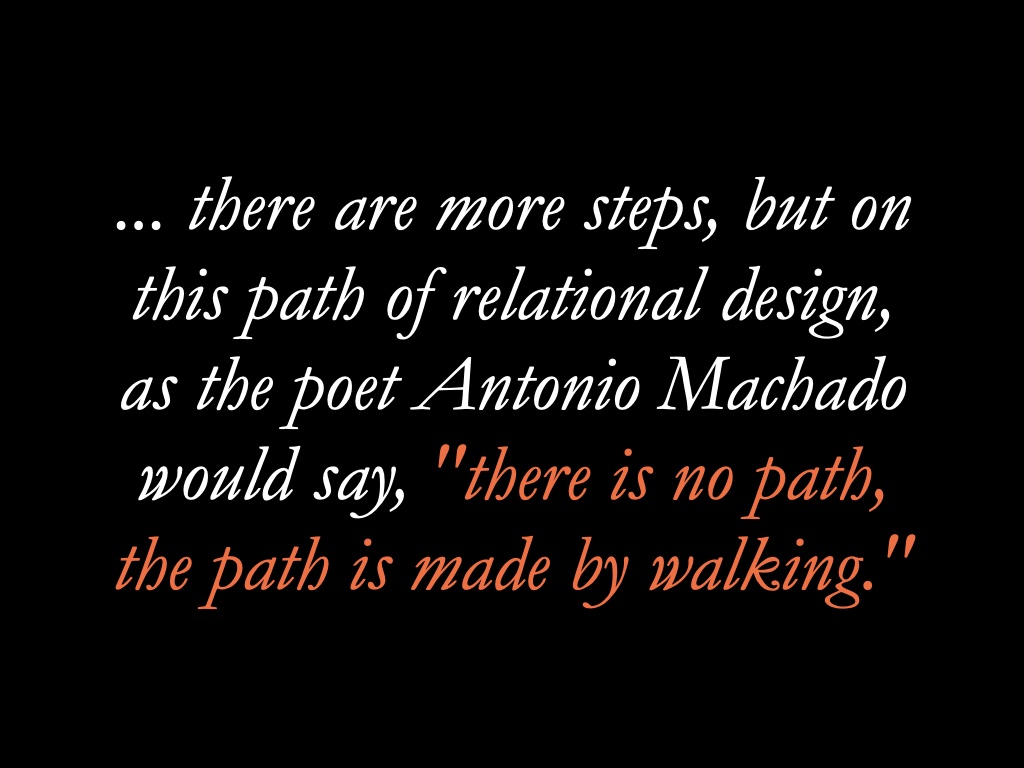
These are not meant to be a recipe or method for Relational Design but just three among several possible steps to take in the same direction. Fighting oppression might be a motivation to develop Relational Design from a critical perspective; however, there are other contradictions as intense as oppression that must be tackled by the design field. I expect that expanding the field towards relations does not end in realizing our interdependence from each other and from other living beings. Relational Design is as beautiful as it political. If we ignore its political implications, the perceptual inversion will revert back and we will treat relations as yet another object to be designed. Design can do more than objectify everything and everybody. Thank you! Gracias! Obrigado!
Slides exported with Keynote Extractor.
